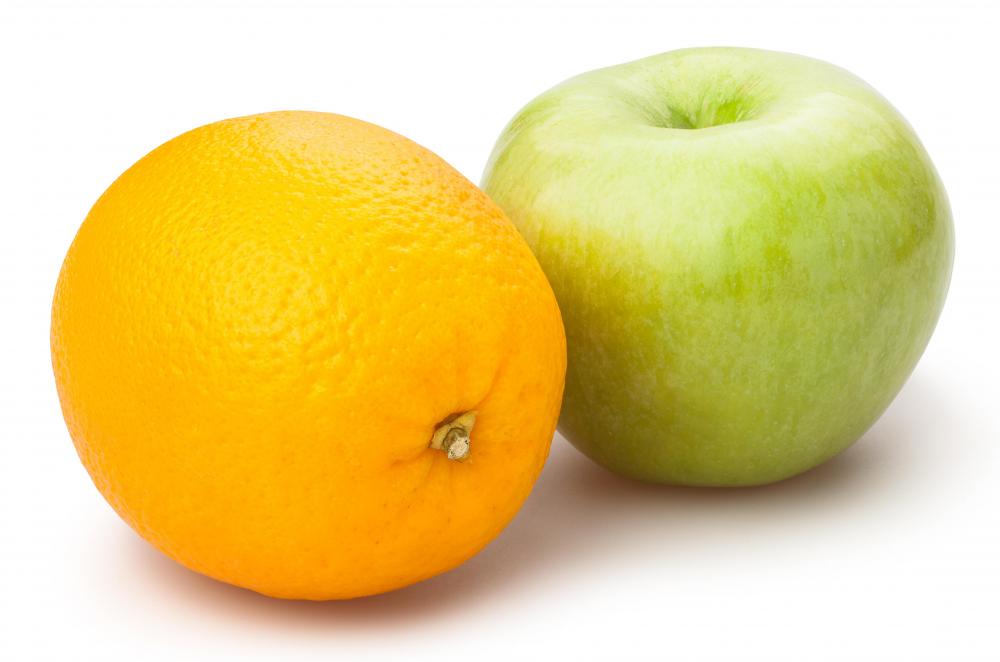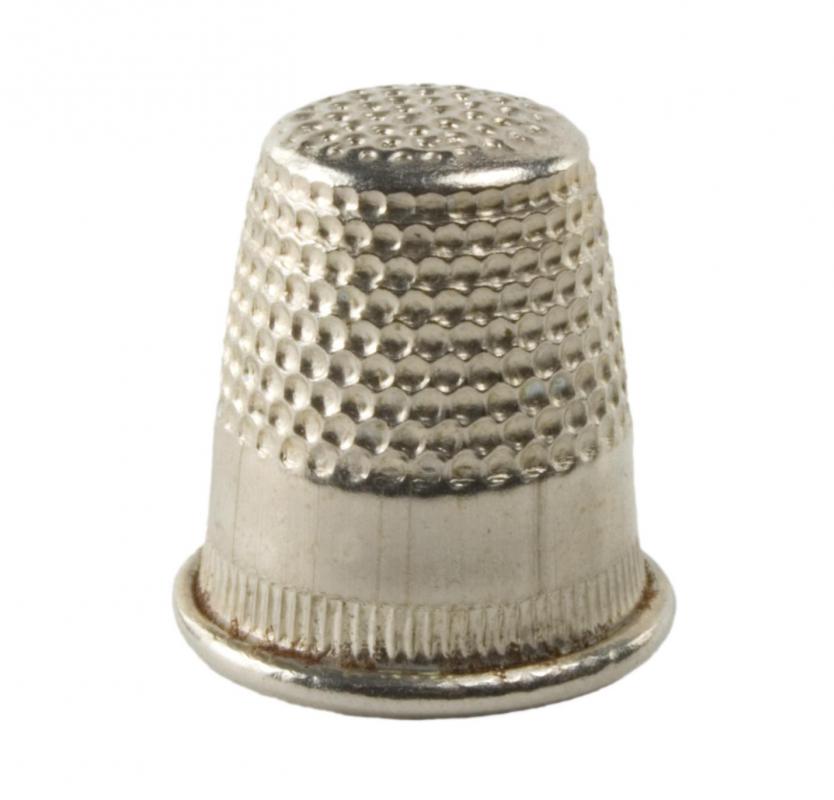At DelightedCooking, we're committed to delivering accurate, trustworthy information. Our expert-authored content is rigorously fact-checked and sourced from credible authorities. Discover how we uphold the highest standards in providing you with reliable knowledge.
What is Plum Pudding?
Plum pudding is a dessert which typically contains an assortment of fruit and resembles a small cake. Ingredients may also include meat, often beef. It originated in England centuries ago, where it also garnered the name Christmas pudding, as it was — and still is — traditionally served as a dessert on Christmas Day. This dessert derives its name from the prunes which it contains. Prunes are actually a dried variation of plum, and were regularly referred to as plums in the 16th and 17th centuries, when the dessert grew widely popular.
The ingredients in plum pudding are open to some interpretation. The dessert can contain meat or even mutton fat. The dried fruits almost always include prunes, but most everything else is also welcome, including apples, lemons and oranges. An assortment of nuts might also find their way into the mix. The mix of fruit and meat are commonly known as mincemeat. This pudding is comparable to other desserts which contain mincemeat, such as mince pie.

Plum pudding can be prepared in a multitude of ways. Once the batch is mixed up, it can be thrown into a basin, where it could either be steamed or boiled. While cooking, many people douse the pudding with a favorite alcoholic drink to increase the flavor. Once the batch has been cooked, there are also a number of ways to present it to a table. Some traditions call for pouring brandy on the pudding and setting it on fire. Others simply adorn the pudding with a sprig of holly.

Another popular tradition is to hide special trinkets in the pudding for guests to find. Objects in the pudding are meant to be good-luck charms. A ring found in the pudding, for instance, is a marriage charm. A wishbone is a sign of luck, and a silver coin is a sign for wealth. Thimbles have also been known to be hidden in the pudding — as a bad-luck symbol for thrift.

Preparing plum pudding can take weeks, depending on the recipe. Some recipes steam the pudding, after which it is kept in a cooling place for several days before it is re-steamed and served. Even after it is served, families often keep leftovers until another big event of holiday, such as Easter. Plum pudding has been known to keep its flavor without spoiling for long periods of time.
AS FEATURED ON:
AS FEATURED ON:
















Discussion Comments
This is quite wrong. There are neither plums nor their dried form, prunes, in plum pudding. The dish takes its name from raisins, which swell during cooking and were thus known as plums because they would plum[p] up.
Post your comments